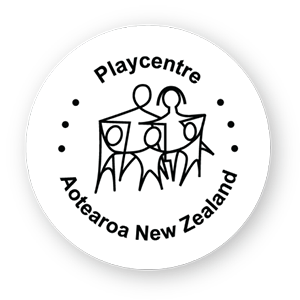Supporting Social and Emotional Skills
A new resource for kaiako has been launched by the Ministry of Education to help support the development of children’s social and emotional skills. He Māpuna te Tamaiti: Supporting Social and Emotional Competence in Early Learning can be translated as ‘each child is precious and unique’ and comes from a model of holistic human development and learning developed by Waiariki Grace. It was developed in collaboration with
kaiako and other leaders in the sector and uses harakeke as an underpinning metaphor. “The harakeke plant symbolises the whānau, with mokopuna at the centre. The mokopuna are loved, protected, and supported by mātua, t puna, and the wider hapu¯ and iwi. Every early learning service is a whānau.
The wellbeing of mokopuna is at its heart, and its values and expectations ensure all members of its community are included and supported” (p. 1). The resource focuses on four key areas that are underpinned by Te
Whāriki. The sections are based on key pedagogical approaches promoted by the curriculum, and include:
Creating a supportive environment – Te taiao manaaki
This section explores how to establish a positive climate, constructing values, developing and promoting expectations, establishing consistent routines, and offers advice on creating a
safe and inclusive space.
Promoting emotional competence – Te whakapakari whatumanawa
This section looks at how kaiako can support children to understand, express, and regulate their emotions, how to help children build resilience and
a sense of self-worth, and how to provide positive guidance during heightened emotions, as well as a closer look at biting.
Promoting social competence – Ngāpu¯ kenga whakaratarata
This section discusses fostering peer friendships and interactions, supporting the development of empathy, helping children support others in their learning, as well as helping them to solve social problems during peer conflict.
Supporting learning and engagement – Te hāpai ako me te whaiwāhitanga
This section looks at supporting children to manage their learning, providing rich and varied learning opportunities, removing barriers to participation, engagement and learning, and supporting transitions.
The book is designed to ‘dip in and out of’, with key messages revisited several times in different ways throughout the resource. It is designed to be a companion document to Teaching for Positive Behaviour, a primary and secondary school resource. The resource is being distributed with a set of cards for use in daily practice and during professional learning conversations. The cards are based on the appendix of the book, which also includes a self-assessment tool for kaiako to reflect on, evaluate and develop intentional approaches.

